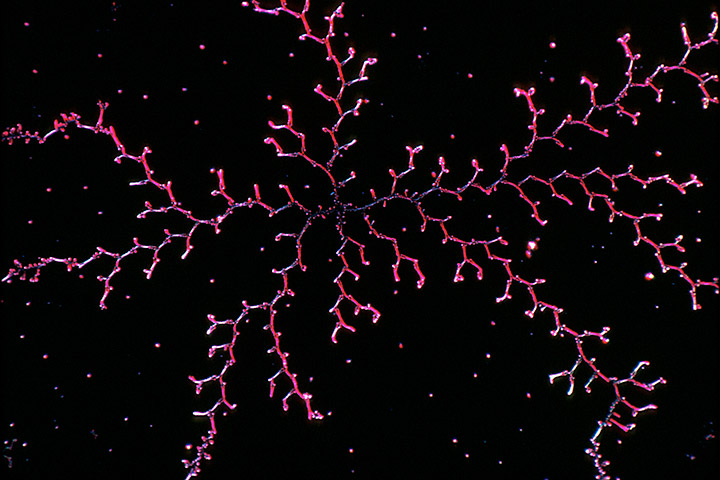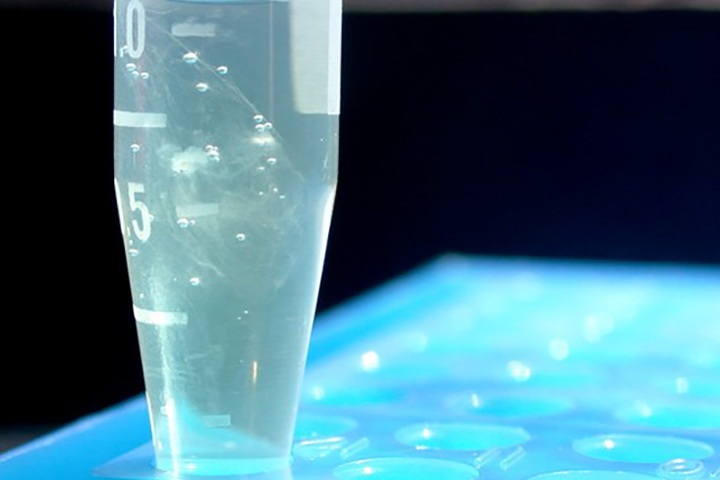Blog
19 Articles

A New Triple Combination for Tumors with BRCA1/2 or PALB2 Mutations
A clinical trial is comparing a two-drug combination with a three-drug combination to see which works better for genetic mutations.

Progress in BRCA-Related Cancers Highlighted By the Basser Center
The Basser Center for BRCA hosted a panel discussion of the latest breakthroughs and discoveries for BRCA-related cancers.

Pancreatic Cancer Science—2021 in Review
As the year winds down Let’s Win provides an overall look at the highlights of 2021 in pancreatic cancer science.

PARP Inhibitor as Maintenance for Pancreatic Cancer Patients with BRCA1, BRCA2, or PALB2 Mutations
A new clinical trial tests a PARP inhibitor as maintenance treatment for pancreatic cancer patients with BRCA1/2 or PALB2 mutations.

Exploiting DNA Mutations For Pancreatic Cancer Treatment
Dr. James Cleary explains how the researchers at Dana-Farber are looking to make PARP inhibitors even more effective for pancreatic cancer patients.

Genetic Testing for All Pancreatic Cancer Patients
A study by Dr. Gloria Petersen’s research team has led to an official recommendation that all pancreatic cancer patients get genetic testing.

Pancreatic Cancer: 2018 Highlights And Looking Forward to 2019
Dr. Allyson Ocean leads an overview of the new treatments and protocol from 2018 as well as what are the next steps in treatment for 2019.

New NCCN Guidelines Stress Genetic Testing For All Pancreatic Cancer Patients
Genetics impact your treatment for pancreatic cancer. Dr. Sapna Syngal discusses the recommendation of genetic testing for all pancreatic cancer patients.

PARP Inhibitors for Pancreatic Cancer Maintenance Treatment
Dr. Kim Reiss Binder is leading a clinical trial of maintenance treatment with the PARP inhibitor rucaparib, for patients who carry the BRCA mutation.

Which Is the Best Screening Method for Pancreatic Cancer?
Dr. Aimee Lucas outlines the pros and cons of various screening methods that can be used for pancreatic cancer, and who should be using them.

Tumor Genetics Research Brings Some Answers for Families at High Risk
Professor Gloria Peterson of the Mayo Clinic is working on tumor genetics to help make early detection of pancreatic cancer a reality.



